Editorial: Firefighters deserve a fighting chance
| Published: 07-11-2017 6:54 PM |
Fighting fires has long been recognized as one of the most important and dangerous jobs in a community. The smoke, the raging flames and the stress of trying to save structures and lives all take their toll on professional and volunteer firefighters alike.
But it’s become increasingly clear that these brave men and women face another deadly threat: elevated risks of cancer.
That risk comes from a variety of sources, including particulates that embed themselves in the lungs, diesel fumes swirling around firehouses as engines depart return and — a newer threat — plastic building materials and the flame-retardant chemicals that coat many pieces of furniture.
“Today’s houses and today’s furnishings are all made out of plastics and composites — toxic chemicals, the stuff that sticks to your skin,” says Northampton Deputy Fire Chief Timothy McQueston.
The risks have been so clearly documented that firefighters have a presumptive right to claim work as a cause if they develop cancer within five years of retiring, Gazette staff writer Amanda Drane reported in a July 8 article on the issue.
The causes of the problem are myriad, and they defy simple solution. However, Drane reports, state officials and local departments are doing what they can to reduce the peril. Those efforts deserve the support of lawmakers and residents alike.
A bill is now pending before the Massachusetts Legislature that would limit the use of such chemicals. State Fire Marshal Peter J. Ostroskey told Drane that when the retardants are exposed to fire, they release a toxic cloud that can threaten fire victims and firefighters alike.
Departments have also become increasingly aware of the need for firefighters to protect their lungs with masks and air packs, and to thoroughly wash gear that’s been sullied by particulates and chemicals during a fire.
Article continues after...
Yesterday's Most Read Articles
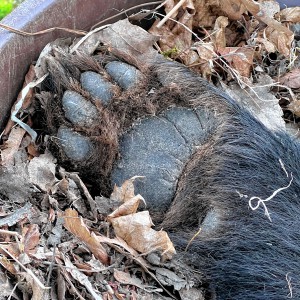 Holyoke man finds bear paw in his yard
Holyoke man finds bear paw in his yard
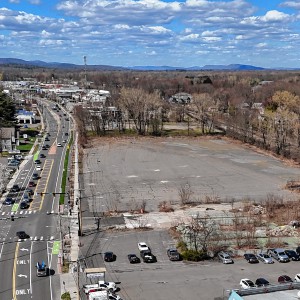 Petition to block auto dealership on King Street falters in Northampton
Petition to block auto dealership on King Street falters in Northampton
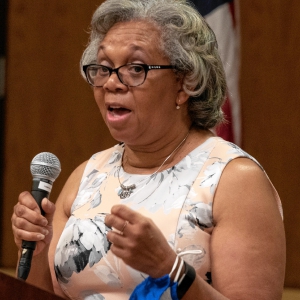 First look at how little Amherst’s police alternative being used called troubling
First look at how little Amherst’s police alternative being used called troubling
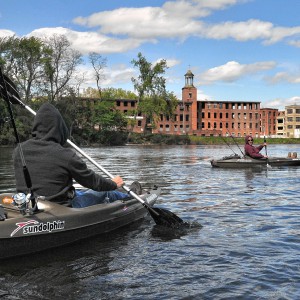 Developer lands $400K loan for affordable housing project in Easthampton mill district
Developer lands $400K loan for affordable housing project in Easthampton mill district
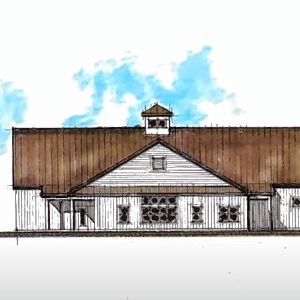 Developer pitches new commercial building on Route 9 in Hadley
Developer pitches new commercial building on Route 9 in Hadley
 Boyfriend accused in slaying of Hampden sheriff’s assistant, former legislator’s top aide
Boyfriend accused in slaying of Hampden sheriff’s assistant, former legislator’s top aide
That’s easier said than done. Bigger departments can sometimes afford to have two sets of gear on hand for every firefighter and to have high-speed washers and dryers to remove contaminants before the next call comes in. But such gear is expensive, with suits costing as much as $2,000 each and one dryer costing nearly $20,000.
If purchasing such gear is a challenge for city departments, it’s a near-impossibility for the small, volunteer departments that protect residents in the Hilltowns and other small communities. In those places, volunteers fundraise as best they can, look for government grants — and get to know each other’s clothing size so they can grab a piece of clean clothing when the alarm sounds.
A longer-standing issue that’s increasingly on the priority list is installing ventilation systems that will keep firefighters from breathing the unhealthy exhaust fumes from their trucks back at the station. And having shower stalls for firefighters returning from the scene is also a priority.
Williamsburg Fire Chief Jason Connell said his department is shopping for its first gear-washer, in hopes of scrubbing away the debris that not only increases cancer risks but also degrades the equipment and reduces its resistance to flames.
Comparing his department to ones in more populous communities, he said, “We don’t have as many fires, but our fires burn the same way theirs do.”
The solutions may not be simple or cheap, but the consequences could not be higher. We encourage officials and taxpayers alike to dig deep to provide firefighters with the protection they deserve — as a small token of appreciation for the protection they provide.
Still not convinced? Look beyond medical statistics to the many firefighters among us who have risked their lives at fire scenes, only to develop cancer in the years that follow.
Bob Davis was just one. When the Northampton fireman used to leave in the middle of the night on a call, his wife, Lori, thought she knew the risks. But, she told Drane, neither of them thought of cancer.
Davis was 57, just a month from early retirement, when he was diagnosed with lung cancer. Instead of enjoying golf games, he was left to fight a cancer that claimed his life within seven months.
Her advice for current firefighters? “Make sure you have the best gear available, and make sure it’s always on.”
It’s our job to make sure that Bob Davis’s successors have a fighting chance.
]]>

 Columnist Andrea Ayvazian: Standing as witness to Armenian martyrs
Columnist Andrea Ayvazian: Standing as witness to Armenian martyrs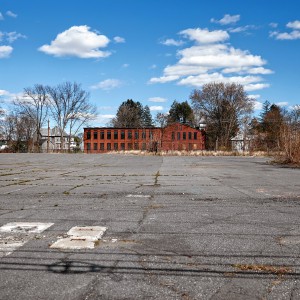 Taylor Guss: Northampton's zoning should align with its climate goals
Taylor Guss: Northampton's zoning should align with its climate goals Guest columnist Bill Dwight: How to make sense of Northampton’s school budget dilemma
Guest columnist Bill Dwight: How to make sense of Northampton’s school budget dilemma Columnist Russ Vernon-Jones: Climate solutions tough, but can be done
Columnist Russ Vernon-Jones: Climate solutions tough, but can be done
